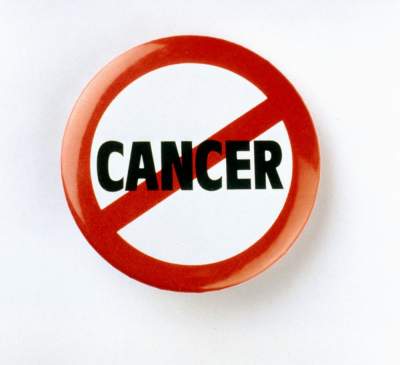Symptoms of Lung Cancer:-Deadliest type of cancer
Lung cancer is responsible for nearly one in five cancer deaths worldwide, causing more than 1.6 million deaths each year. Lung cancer causes more deaths than colon, and prostatic adenocarcinoma breast, combined all world. Specifically, every 30 seconds, somewhere within the world, an individual dies of carcinoma, consistent with statistics from carcinoma Europe.
Although constant efforts are being made to inform everyone about risk factors and the importance of smoking cessation, especially among men, lung cancer continues to be a major health issue worldwide. Unfortunately, the disease begins to manifest when it is already in an advanced stage so that curative treatment is not possible in about 90% of cases.
The average age of a patient diagnosed with lung cancer is 60-70 years, About 66% of patients are over 65, and less than 2% are younger than 45 years.
Of all cancers, lung cancer has the lowest 5-year survival rate
According to Lung Cancer Alliance statistics, the 5-year survival rate in lung cancer is 17%, meaning 17 out of 100 people will still be alive after 5 years from diagnosis.
By comparison, the 5-year survival rate in the most common other cancers is significantly higher:
Colorectal cancer - 65%
Breast cancer - 89%
Prostate Cancer - 99%
Smoking - the main cause of preventable lung cancer
If you are a smoker or a former smoker, you should know that you have the highest risk for lung cancer.
Among those diagnosed, it is estimated that 40% are active smokers, 45% are former smokers, and 15% have never smoked.
For the 15% of patients who did not smoke, other possible risk factors for lung cancer may be:
Internal pollutants, e.g. radon, coal smoke
Exposure to asbestos and other carcinogens (wood dust, welding fumes, arsenic, industrial metals, beryllium, and chromium)
Air Pollution
Family history of lung cancer
Radiation therapy in the chest area
Age - over 65 years
A Diet low in fruits and vegetables
The following conditions may increase the risk of lung cancer:
• Chronic obstructive pulmonary disease (COPD)
• Lung fibrosis
• Esophageal cancer of the neck or head
• Lymphoma or breast cancer - treated with chest radiotherapy
The Main Prevention - Smoking
Quitting smoking has significant health benefits, including improved life expectancy, even for those who have smoked for many years, older smokers, and smokers who quit smoking after being diagnosed with cancer.
Quitting smoking around the age of 40-45 significantly improves the subsequent risk of lung cancer. Compared to active smokers, in the case of former smokers the risk of lung cancer, and especially of squamous cancer, is lower, being the lower the longer the non-smoking period. It is considered that the risk is reduced by half after 15 years when the patient no longer smokes. Reducing the number of cigarettes compared to not smoking at all has benefits. The risk of lung cancer is similar in heavy smokers (about 16-18 cigarettes a day) who have halved the number of cigarettes compared to those who continue to smoke heavily.
Studies have shown that participating in a smoking cessation program improves your chances of remaining a non-smoker.
In lung cancer, the symptoms appear late!
People often wonder why there is a high mortality rate from lung cancer. The reason is that almost 90% of cases are diagnosed in late, inoperable stages. Lung cancer is difficult to detect and does not cause symptoms in the early stages.
If you smoke or have been a smoker, see a doctor if you notice that you no longer have a cough, blood sputum, hoarseness, chest tightness, difficulty breathing, unexplained weight loss, marked fatigue or often low respiratory infections. These problems can often be caused by something much simpler than lung cancer, but they can help detect cancer on this occasion and therefore initiate treatment in a timely manner, which can increase your chances of survival.
Talk to your doctor about the signs and symptoms of lung cancer, tests and investigations that can be done to detect the disease as early as possible, but especially about how you can quit smoking.
November is World Lung Cancer Awareness and Prevention Month. See a doctor if you have any of the following symptoms:
B - Blood: coughing up blood
R - Recurrent: recurrent respiratory infections
E - Enduring: a persistent cough that no longer passes
A - Ache: chest, back, and shoulder pain
T - Trouble breathing: difficulty breathing
H - Hoarseness: hoarseness
E - exhaustion, weakness or loss of appetite
Lung cancer can be cured if detected early!
Recent studies have shown that in cases where lung cancer is diagnosed and operated on when it is less than 1 cm in size, the survival rate is greater than 90%. Screening patients at high risk by performing a low-dose CT scan can help save the lives of these patients by increasing their survival rate.










0 Comments